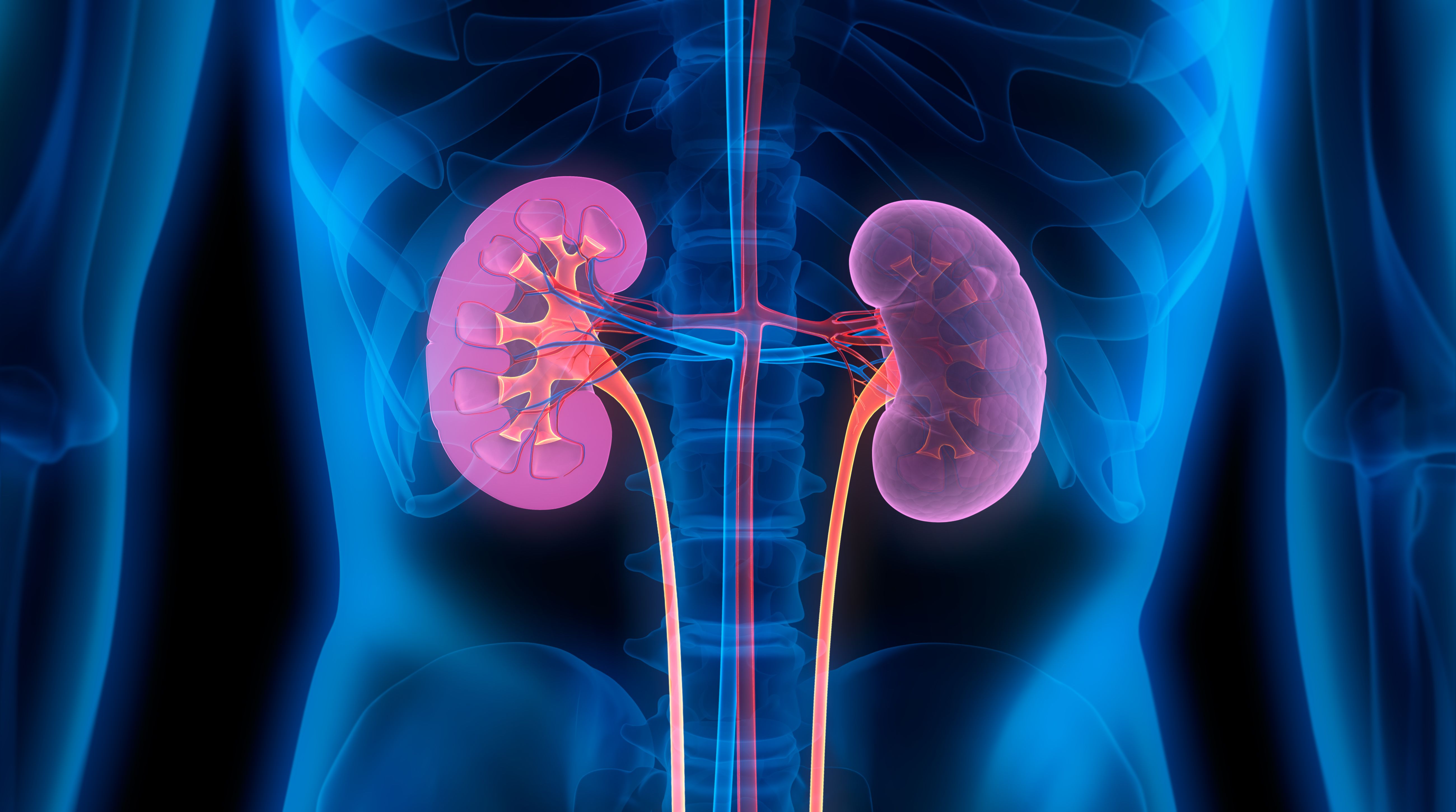Article
2-Year Post-Biopsy Renal Response Predicts Long-Term Renal Survival in Lupus Nephritis
Author(s):
Previous renal response endpoints used in lupus nephritis trials lacked uniformity and their accuracy of long-term kidney survival prediction was questionable.
The 2-year post-biopsy renal response status may be a valuable measure to predict the long-term renal survival in patients with lupus nephritis (LN). As defined by the recently updated Belimumab International Lupus Nephritis Study (BLISS-LN) criteria, response may also indicate a lower risk of chronic renal insufficiency, according to a study published in Lupus Science & Medicine.1

“Renal response is a frequently used treatment target in LN clinical trials,” investigators explained. “Most studies have used proteinuria level and glomerular filtration rate (GFR) in their definition of renal response; however, there is no consensus on the precise combination and threshold levels for these outcome measures. As a result, the renal response endpoints used in LN clinical trials lack uniformity and it is questionable whether they accurately predict long-term kidney survival.”
In the retrospective analysis, eligible patients with systemic lupus erythematosus (SLE), as confirmed via the American College of Rheumatology or Systemic Lupus International Collaborating Clinics criteria, and biopsy-proven class III, IV, V, or mixed LN were identified from the Hopkins Lupus Cohort. Patients were then categorized into 2 binary renal response categories: modified primary efficacy renal response (mPERR) or no mPERR at the 2-year mark. Categories were defined by a modified version of BLISS-LN protocol utilizing urine protein:creatinine ratio (uPCR; ≤0.7 g/day) and an estimated GFR (≥60 mL/min/1.73 m2 or ≤20% below the baseline value) criteria. The long-term renal survival, which was defined as patients who did not experience end-stage renal disease (ESRD) or death, as well as chronic renal insufficiency-free survival were evaluated in Kaplan-Meier plots and covariate-adjusted Cox proportional hazards models.
A total of 173 patients were eligible for inclusion, of which 91.3% were female and the mean age at biopsy was 36.2 years. The majority (82.7%) received immunosuppressive (IS) therapy in the 3 months before or 3 months after biopsy. At the 2-year post-biopsy mark, 65.9% (n = 114) patients were able to achieve mPERR. These patients reported a lower risk of ESRD, death, and chronic renal insufficiency during the follow-up period (HR (95% CI) 0.33 (0.13 to 0.87), p=0.0255; and HR (95% CI) 0.26 (0.14 to 0.47), p<0.0001, respectively).
The study was strengthened by the documentation of patient details and outcomes over a long follow-up period. However, results may not be generalizable as data was only taken from patients seen at Johns Hopkins University, of which half of the study population identified as Black. Additionally, other clinical trials often require patients to have proteinuria >1 g/24 h. There is a possibility of misclassification due to the retrospective application of clinical trial endpoint criteria to real-world data. Complete proteinuria measures were also missing for certain patients before the adoption of uPCR. Lastly, the decreased number of patients over time due to censoring hinders the results of the data presented in the Kaplan-Meier plots.
“The data from this study suggest that the mPERR status (responder vs non-responder) at 2 years post biopsy has prognostic value for the long-term renal outcomes of patients with LN and support the validity of mPERR as an endpoint when used in real-world studies,” investigators concluded. “However, further observational studies in larger multicenter LN cohorts are required to confirm these findings.”
Reference:
Cooper Blenkinsopp S, Fu Q, Green Y, et al. Renal response at 2 years post biopsy to predict long-term renal survival in lupus nephritis: a retrospective analysis of the Hopkins Lupus Cohort. Lupus Sci Med. 2022;9(1):e000598. doi:10.1136/lupus-2021-000598




